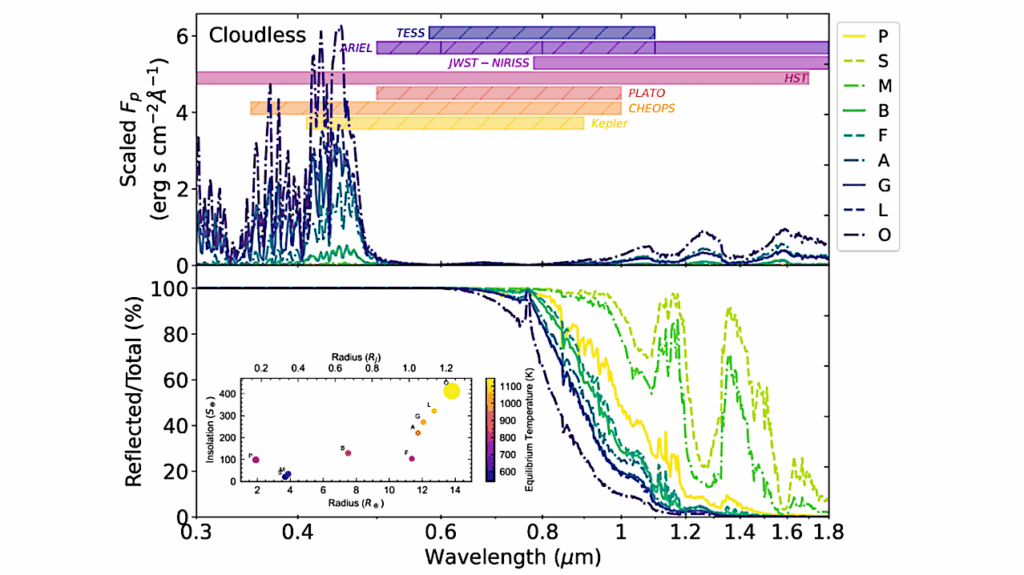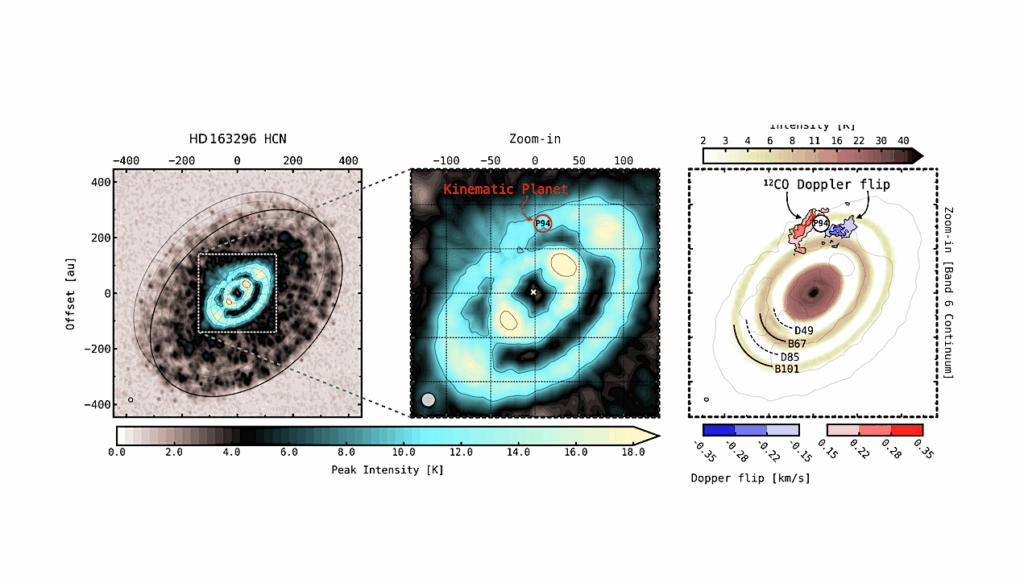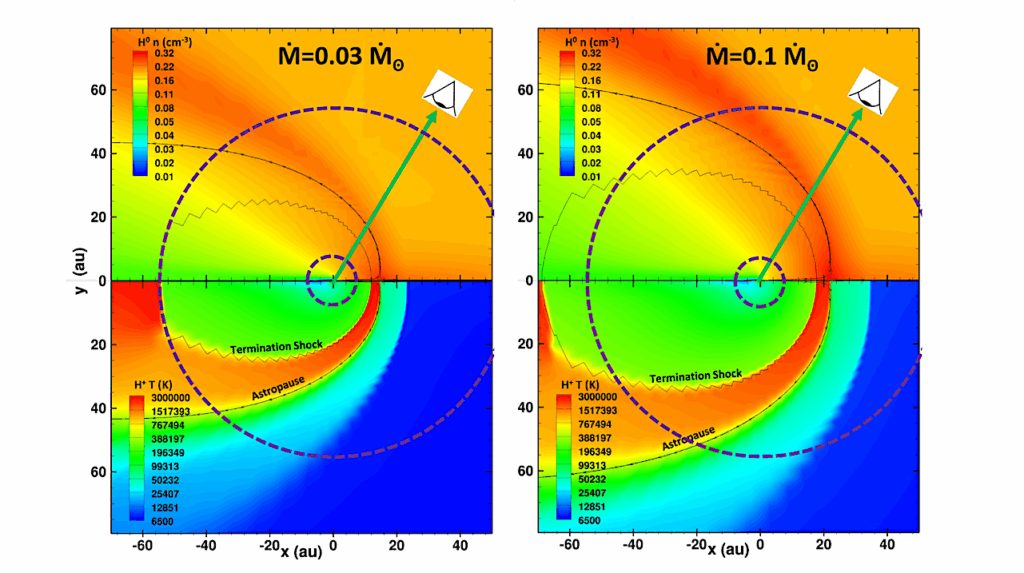Characterizing Exoplanets for Habitability

A habitable exoplanet is a world that can maintain stable liquid water on its surface. Techniques and approaches to characterizing such worlds are essential, as performing a census of Earth-like planets that may or may not have life will inform our understanding of how frequently life originates and is sustained on worlds other than our own.
Observational techniques like high contrast imaging and transit spectroscopy can reveal key indicators of habitability for exoplanets. Both polarization measurements and specular reflectance from oceans (also known as “glint”) can provide direct evidence for surface liquid water, while constraining surface pressure and temperature (from moderate resolution spectra) can indicate liquid water stability. Observations of variability (that indicates weather) from, as well as mapping of, exoplanets can provide indirect evidence of habitability, and measurements of water vapor or cloud profiles that indicate condensation near a surface could also provide evidence for habitability. Approaches to making the types of measurements that indicate habitability are diverse, and have different considerations for the required wavelength range, spectral resolution, maximum noise levels, stellar host temperature, and observing geometry.
Tyler D. Robinson
(Submitted on 18 Jan 2017)
Comments: invited review; comments and feedback welcome
Subjects: Earth and Planetary Astrophysics (astro-ph.EP)
Cite as: arXiv:1701.05205 [astro-ph.EP] (or arXiv:1701.05205v1 [astro-ph.EP] for this version)
Submission history
From: Tyler Robinson
[v1] Wed, 18 Jan 2017 19:03:28 GMT (1620kb,D)
https://arxiv.org/abs/1701.05205








